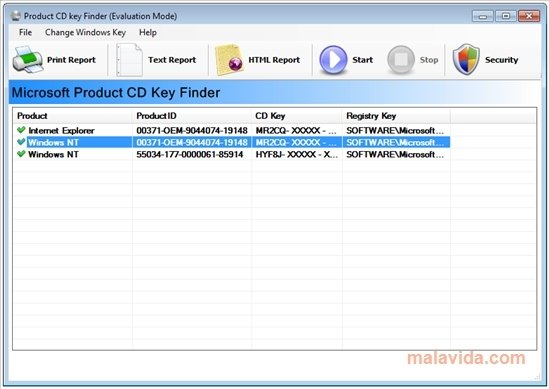


GoldMax establishes a secure session key with its C2 and uses that key to securely communicate with the C2, preventing non-GoldMax-initiated connections from receiving and identifying malicious traffic. The malware writes an encrypted configuration file to disk, where the file name and AES-256 cipher keys are unique per implant and based on environmental variables and information about the network where it is running. It uses several different techniques to obfuscate its actions and evade detection. Written in Go, GoldMax acts as command-and-control backdoor for the actor. The executable, however, was the GoldMax implant. In the instances it was encountered, the scheduled task was named after software that existed in the environment, and pointed to a subfolder in ProgramData named after that software, with a similar executable name. The GoldMax malware was discovered persisting on networks as a scheduled task impersonating systems management software. Microsoft assesses that the newly surfaced pieces of malware were used by the actor to maintain persistence and perform actions on very specific and targeted networks post-compromise, even evading initial detection during incident response. In addition to the backdoor in the SolarWinds software, NOBELIUM has been observed using stolen credentials to access cloud services like email and storage, as well as compromised identities to gain and maintain access to networks via virtual private networks (VPNs) and remote access tools. Maintaining persistence is critical for any threat actor after gaining access to a network. With this actor’s established pattern of using unique infrastructure and tooling for each target, and the operational value of maintaining their persistence on compromised networks, it is likely that additional components will be discovered as our investigation into the actions of this threat actor continues. This knowledge is reflected in the actor’s operational decisions, from the choice of command-and-control (C2) infrastructure to the naming of scheduled tasks used to maintain persistence. In all stages of the attack, the actor demonstrated a deep knowledge of software tools, deployments, security software and systems common in networks, and techniques frequently used by incident response teams. These capabilities differ from previously known NOBELIUM tools and attack patterns, and reiterate the actor’s sophistication. They are tailor-made for specific networks and are assessed to be introduced after the actor has gained access through compromised credentials or the SolarWinds binary and after moving laterally with TEARDROP and other hands-on-keyboard actions. These tools are new pieces of malware that are unique to this actor.

Further analysis has revealed these may have been on compromised systems as early as June 2020. Microsoft discovered these new attacker tools and capabilities in some compromised customer networks and observed them to be in use from August to September 2020. FireEye’s analysis of the malware used by NOBELIUM is here. We continue to partner with FireEye to understand these threats and protect our mutual customers. This blog provides detailed analysis of these malware strains to help defenders detect, protect, and respond to this threat. Recent investigations have identified three new pieces of malware being used in late-stage activity by NOBELIUM. Microsoft Threat Intelligence Center (MSTIC) is naming the actor behind the attacks against SolarWinds, the SUNBURST backdoor, TEARDROP malware, and related components as NOBELIUM. As part of our commitment to transparency and intelligence-sharing in the defender community, we continue to update analysis and investigative resources as we discover new tactics and techniques used by the threat actor. As we have shared previously, we have observed the threat actor using both backdoor and other malware implants to establish sustained access to affected networks. Microsoft continues to work with partners and customers to expand our knowledge of the threat actor behind the nation-state cyberattacks that compromised the supply chain of SolarWinds and impacted multiple other organizations. Update : We updated this blog with new indicators of compromise, including files, domains, and C2 decoy traffic, released by Cybersecurity & Infrastructure Security Agency (CISA) in Malware Analysis Report MAR-10327841-1.v1 – SUNSHUTTLE. Microsoft Purview Data Lifecycle Management.Microsoft Purview Information Protection.Information protection Information protection.Microsoft Priva Subject Rights Requests.Microsoft Purview Communication Compliance.Microsoft Purview Insider Risk Management.



 0 kommentar(er)
0 kommentar(er)
